THIS WEEK: The Triangle Era makes a return with The Death of Superman: 30th Anniversary Special.
Note: the review below contains spoilers. If you want a quick, spoiler-free buy/pass recommendation on the comics in question, check out the bottom of the article for our final verdicts.
 The Death of Superman: 30th Anniversary Special #1
The Death of Superman: 30th Anniversary Special #1
Writers: Dan Jurgens, Jerry Ordway, Roger Stern, and Louise Simonson
Pencilers: Dan Jurgens, Tom Grummett, Butch Guice, and Jon Bogdanove
Inkers: Brett Breeding and Doug Hazlewood
Colorists: Brad Anderson and Glenn Whitmore
Letterers: John Workman and Rob Leigh
Cover: Jurgens and Breeding
Welcome back to The Never-Ending Battle: A Superman Triangle-Era Retrospective! Wait, what do you mean this is just the normal DC Round-Up column? It can’t be! The gang’s all here! There’s Dan Jurgens and Louise Simonson, over there is Brett Breeding and Tom Grummett, heck even Glenn Whitmore is here! This has to be the Triangle Era!
For real though, you can imagine how over the moon I was when The Death of Superman: 30th Anniversary Special was announced, especially when it was revealed that the four stories within would be reuniting the four creative teams that worked on the original story. There are a few changes to this, Brad Anderson colors the first story, a departure from Whitmore who colored every page of the original saga. Butch Guice and Jon Bogdanove ink themselves so Denis Rodier and Dennis Janke don’t return for this book. And none of the original letterers are here, but for the most part, the teams are the ones the people who grew up with the original will recognize.
The first story is a little different in form from the other three, set years after the events of Superman #75. Mitch Anderson, the kid Superman risked it all to save, is an adult now and speaking about the events of that day at Jon’s elementary school. It’s here that Jon learns that his dad died, and of course that causes him to get upset that his parents didn’t tell him.
This first story was a good look back at those events, with Lois telling her son her view of what happened as Clark dealt with a new and related threat, but also there were several moments where I was pulled out of the story by incongruencies with Jurgens’ art. A lot of it had to do with how he drew Jon in this issue, and how he didn’t really make him look like a child, just a really short adult. That said, there were still some great Dan Jurgens and Brett Breeding Superman and Doomsday action shots to hearken back to that book filled with splash pages that released 30 years ago.
The other three stories in the book are a bit shorter, only 10 pages each, and all take place during the events of original event. Jerry Ordway and Tom Grummett give us more insight into what was going on at the Kent farm as they watched Clark fight for his life. It too, is filled with flashbacks to let Grummett draw some iconic moments (like recreating John Byrne’s Superman #1 cover), while also highlighting a small thing that makes Superman great. His willingness to be an organ courier to ensure people that need donated organs get them as soon as possible. This was probably my favorite of the four stories, just because I miss Grummett’s Superman so much. It was a joy to see him in action again.
Meanwhile, Stern and Guice put us smack dab in the middle of the action (haha get it) with the Guardian at the beginning of Action Comics #684. The story follows Jim Harper’s viewpoints of the events as they unfold, from finding Superman and Maxima, to meeting up with Superman at Habitat, and finally to his preventing Cadmus from taking the body after resuscitation attempts failed.
Lastly, Louise Simonson and Jon Bogdanove reunite on a story about what John Henry Irons got up to during the battle and before he was buried alive in a collapse. It’s a ten-page vignette of the man just helping save people who were caught in the path of the destruction, but arriving too late to save the one man he wanted to more than anything. At the end of the story he goes off to save more people, and this is presumably where he gets buried alive before Superman: The Man of Steel #22.
The art sometimes slips in this issue, but the story-telling really hearkens back to what made the era feel so special. All in all, this is a wonderful celebration of the event that got me into comics thirty years ago.
Verdict: BUY
Round-Up
- Speaking of event comics, Dark Crisis #6 hit it out of the park this week. It felt like a fitting companion to The Death of Superman: 30th Anniversary Special, because this book saw Jon facing off against the creature that killed his father in a great moment of heroism. That was only eclipsed by the moment after with the return of his dad, and the two of them facing off against Doomsday together. Sampere really knocked that sequence out of the park.
- On the other hand Geoff Johns’ The New Golden Age just boggles my mind. I still don’t really get what’s going on with this book. If Earth-2 is back shouldn’t the 1950s moment of Red Panic not happened? The Justice Society didn’t retire in the Earth-2 timeline, that’s the whole point. Oh, and of course, more Doomsdy Clock tie-ins for the three people that demanded a sequel to that story.
- One final little fun coincidence from The Death of Superman: 30th Anniversary Special that came to me while I was writing this: Jon Bogdanove named his son Kal-El. Kal-El named his son Jon. I know Jon was named after Pa Kent, but this is still nice little bit of fun trivia.
Miss any of our earlier reviews? Check out our full archive!


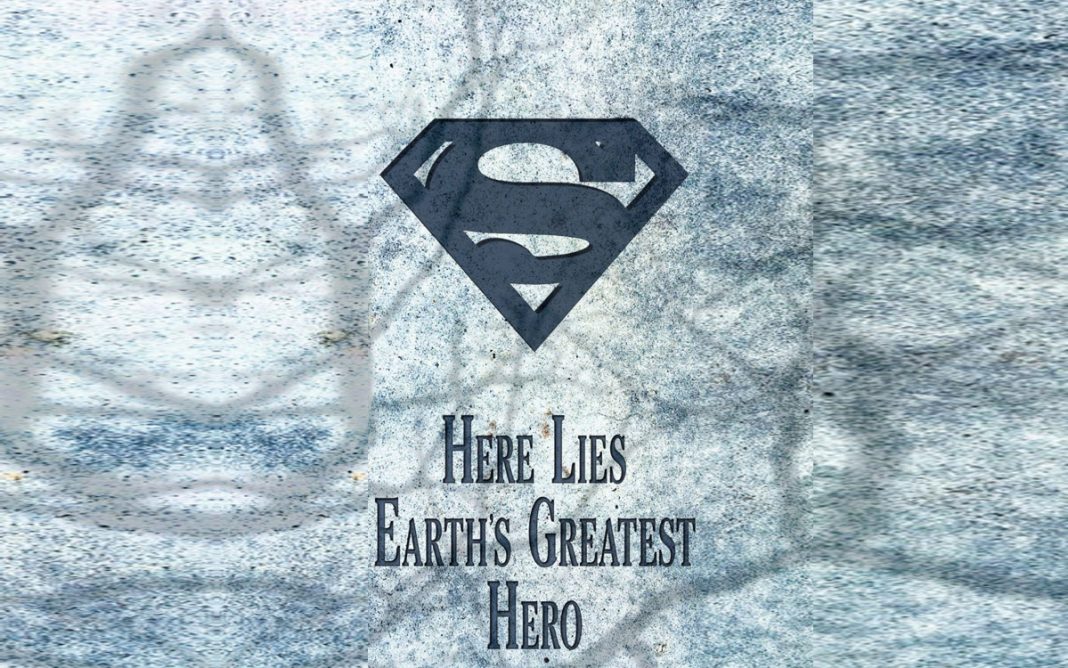
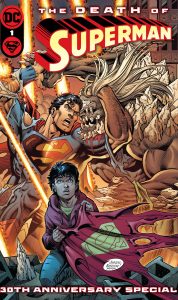 The Death of Superman: 30th Anniversary Special #1
The Death of Superman: 30th Anniversary Special #1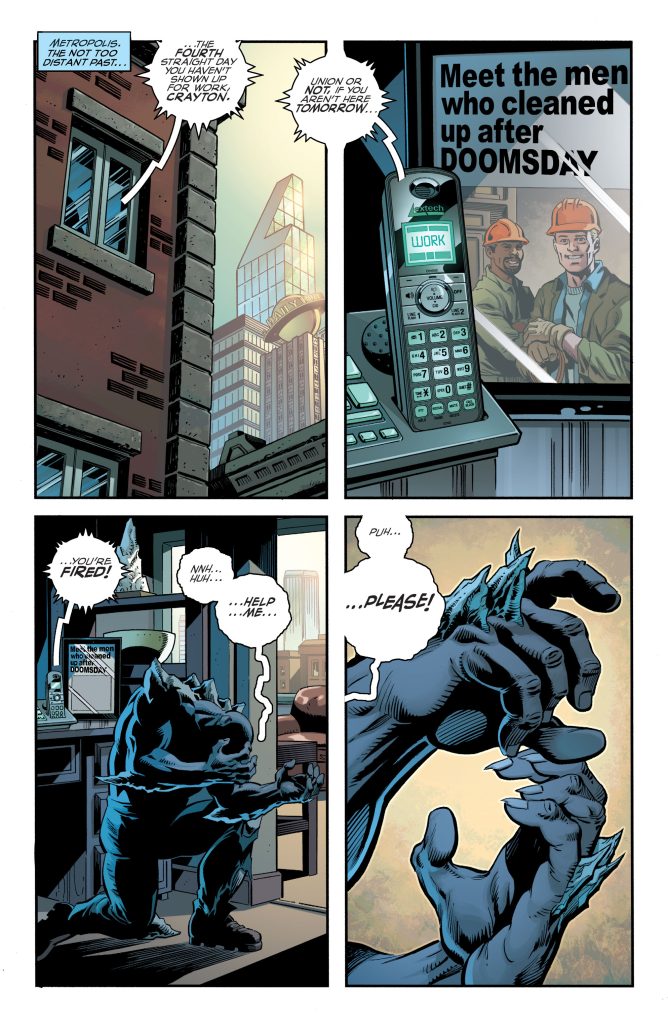
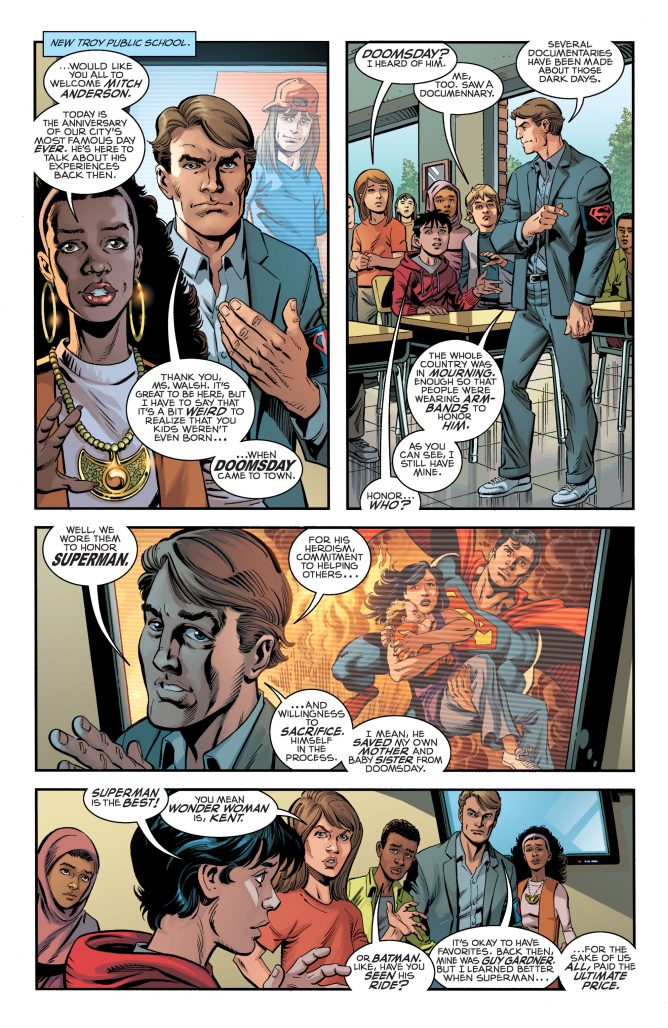
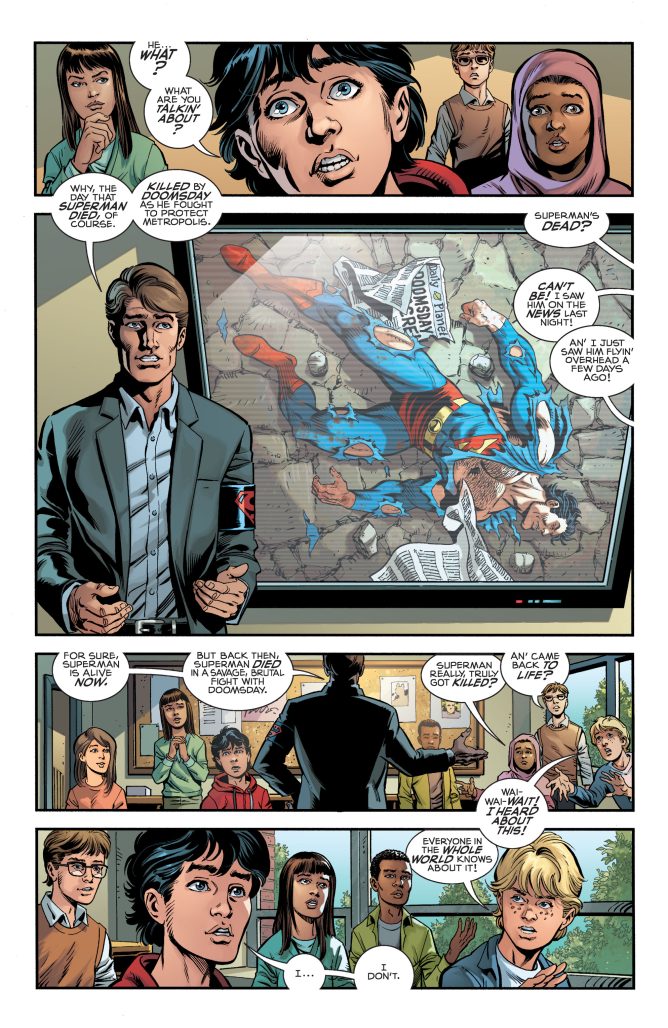
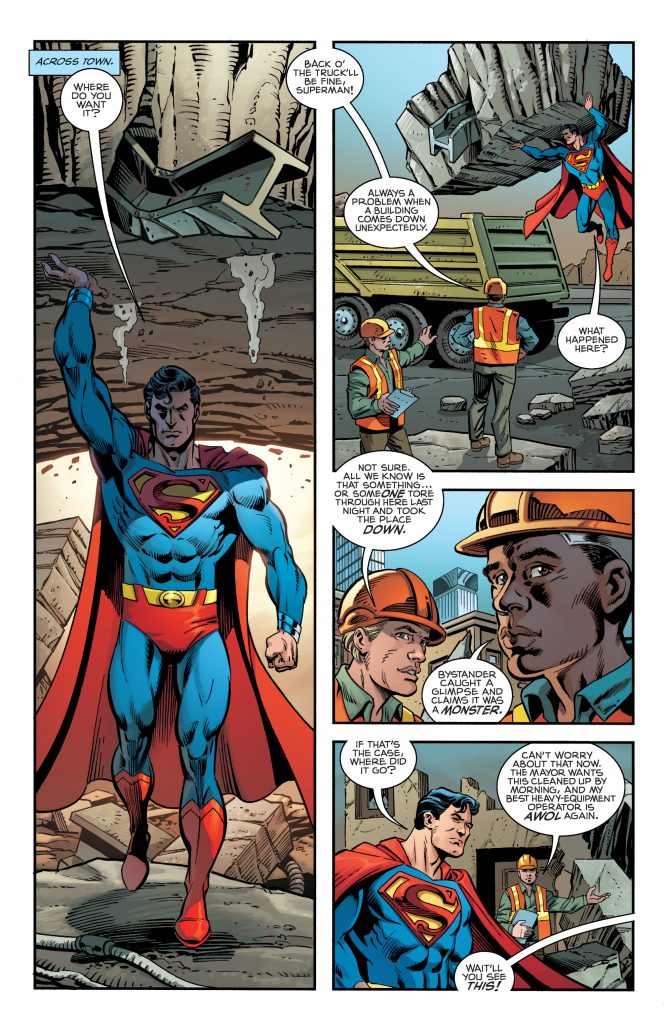
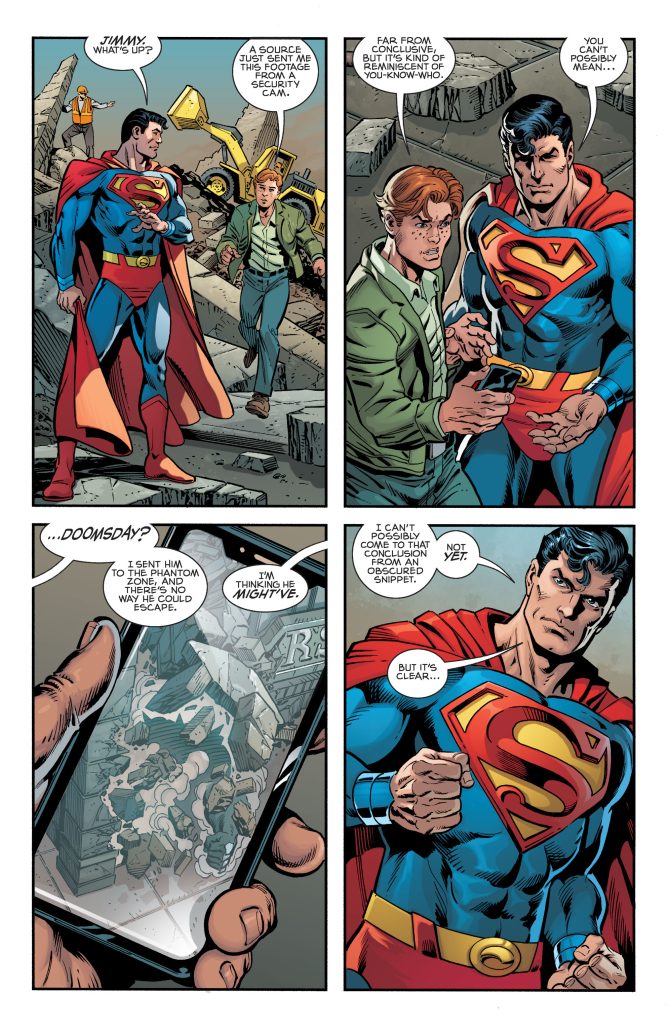
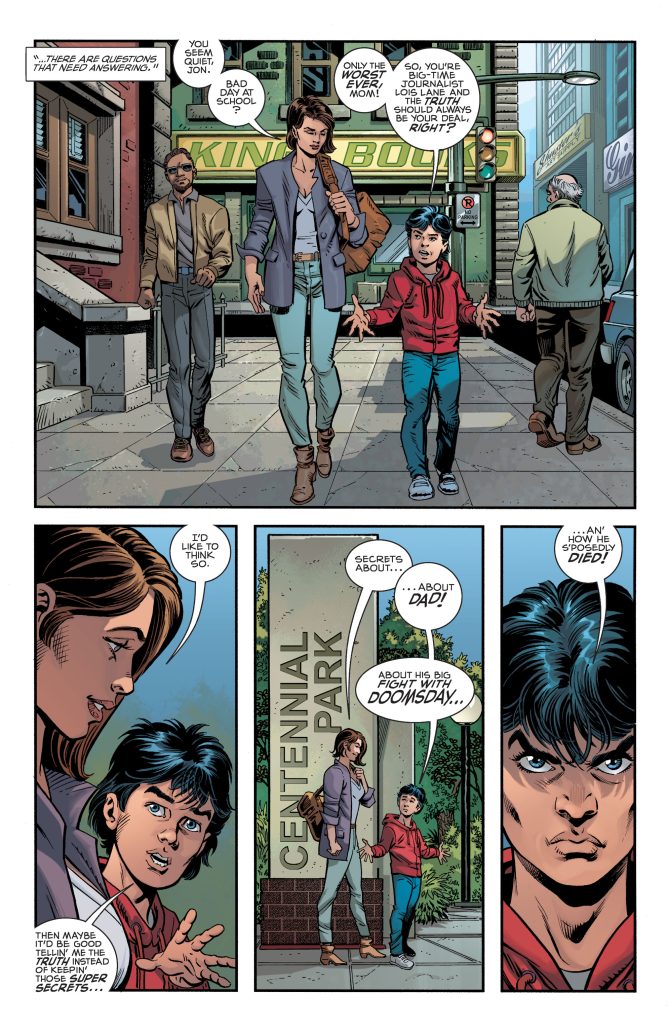
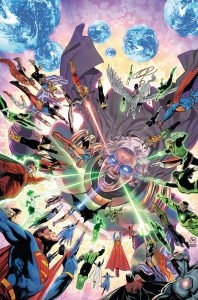



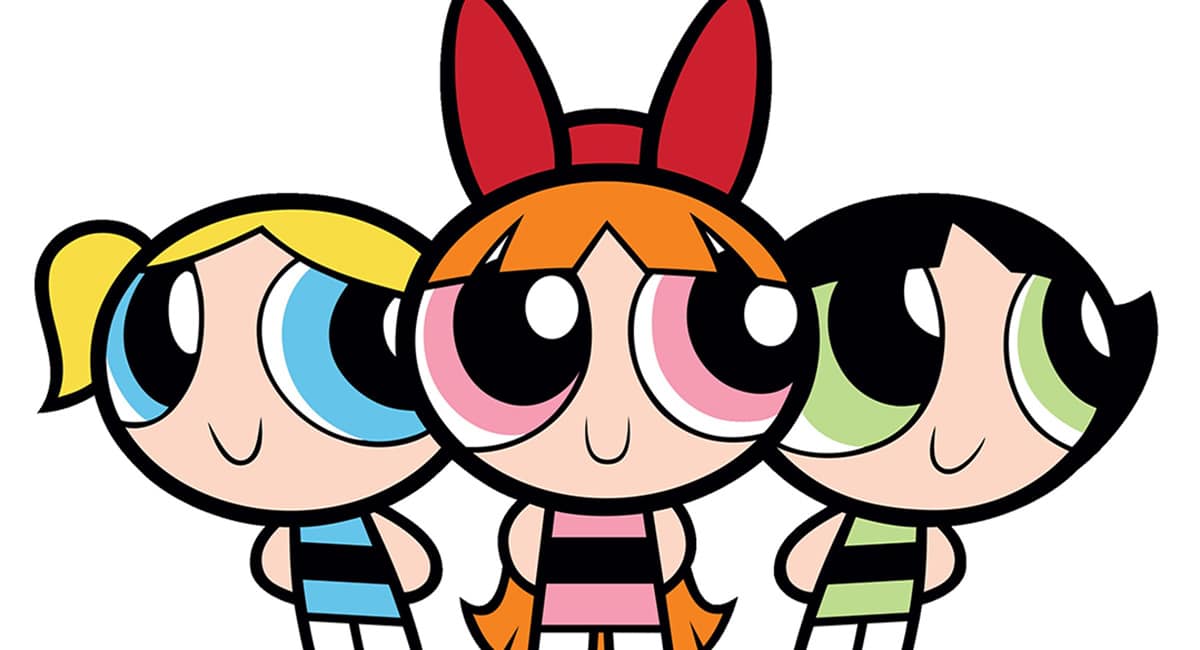

I was hopeful that Jon was dead in the Dark Crisis story. Imagine my disappointment when he survived.
Hi Cori.
Sometimes I think certain comics require 2 reviewers – a younger fan and an older fan. I’m gonna assume you’re the former, and I, at 48, fit the latter category. My opinions of Dark Crisis and the New Golden Age are the opposite of yours.
I really enjoyed New Golden Age as a fan of the team and Johns’ original work with them, even though I tired of his style years ago and have not kept up with Doomsday Clock, Flashpoint Returns, etc. I do have some questions and also concerns (we really need more Watchmen spin off characters showing up in a JSA book?) but followed it pretty well and am intrigued.
Meanwhile, having been a DC fan since the late 1980s, I just find Dark Crisis repetative and lacking anything new or reason for being, other than maybe putting some of the new legacy characters like Jon Kent and Jace Fox through their paces. And while I can understand how fans of those characters might be thrilled, I think older readers like myself have “been there, done that” with the original Crisis, Infinite Crisis, Final Crisis and Metal/Death Metal. I’ve repeatedly said since Dark Crisis first launched, that DC HAS it’s multi-verse back. It’s been around since Final Crisis/the 52 weekly series over a decade ago. If someone ONLY reads the original Crisis, then Dark Crisis, the stories work as one whole. But otherwise Dark Crisis just doesn’t make sense and ignores like 30 years of other events.
Hi Cory,
Great review of the Superman special — I missed it at my comic shop this week, so I’ll have to chase it down!
And I’m confused about some of the same stuff you are about the New Golden Age special, particularly the inclusion of the Watchmen characters. But the red-scare retirement of the JSA was established in Earth-2 continuity before Crisis happened. Whether on Earth 0 or Earth 2, the JSA retired in the 50s. (The story appears in Adventure Comics 466, and was told in flashback as the last story from their run in the 70s, but it’s explicitly set on Earth-2.)
I much preferred Geoff Johns’ New Golden Age #1 to Dark Crisis #6. Loved New Golden Age’s art, and the various mysteries make me want to check out the new JSA book. Dark Crisis felt like just another Crisis book that pales in comparison to Wolfman and Perez’s version from 37 years ago.
Comments are closed.